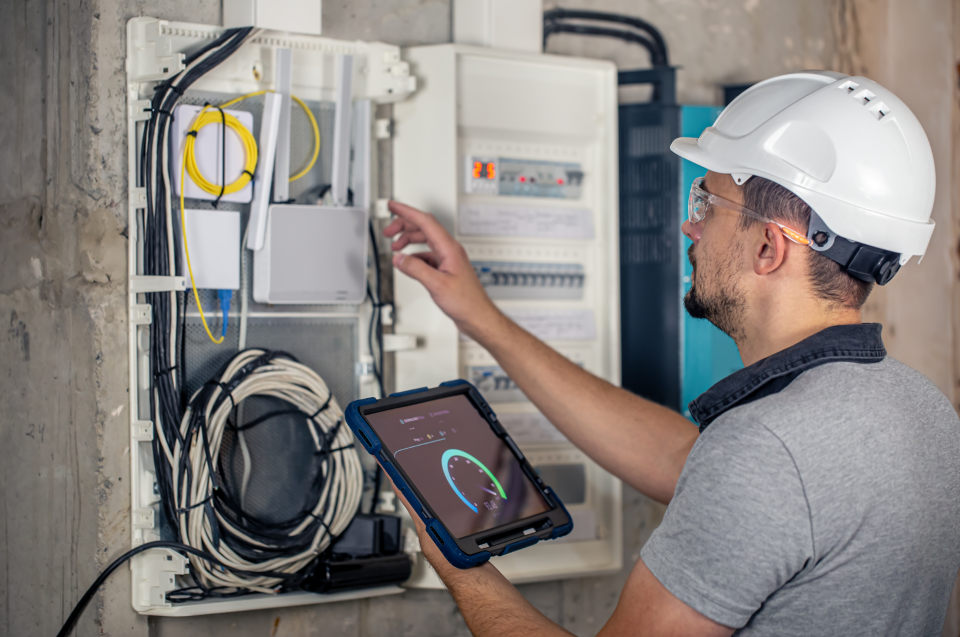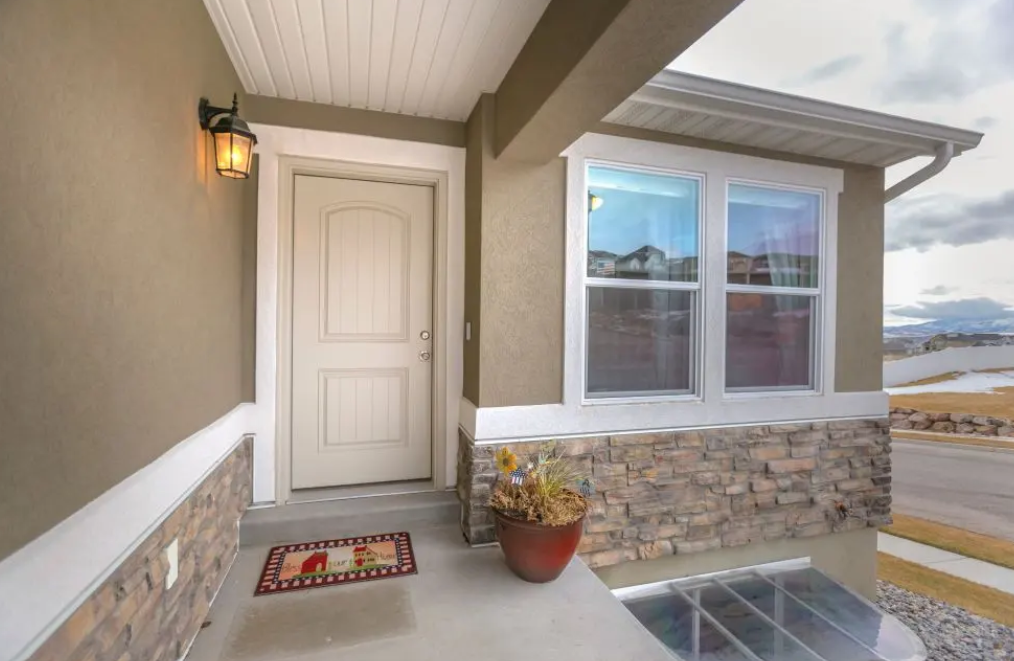Your home is more than just four walls and a roof; it’s a complex network of systems working together to provide safety, comfort, and efficiency. While it’s easy to take these systems for granted, overlooking their maintenance can lead to safety hazards, costly repairs, and energy waste. Staying proactive about monitoring and maintaining key home systems ensures your living space remains secure, efficient, and in top condition year-round.
Here are essential home systems to keep an eye on to protect your investment and your peace of mind. Read on!
1. Inspecting Plumbing Systems for Leaks and Efficiency
Plumbing is one of the most vital systems in any home. It supplies clean water and removes waste, but when something goes wrong, it can lead to serious damage and high repair costs. Leaking pipes, clogged drains, and low water pressure are common issues that can signal larger problems beneath the surface. Regularly checking for visible leaks, especially under sinks and around toilets, can help you catch small issues before they become major.
Also, pay attention to your water heater’s performance and lifespan. A failing water heater not only reduces comfort but also consumes more energy, increasing utility bills. To ensure your system is running efficiently, consider scheduling an annual inspection with a licensed residential plumber. Professionals can identify hidden issues, recommend preventative maintenance, and help protect your home from unexpected plumbing failures.
2. Maintaining HVAC Systems for Comfort and Air Quality
Heating, ventilation, and air conditioning (HVAC) systems regulate indoor temperature and air quality. A poorly maintained HVAC system can lead to uncomfortable living conditions, higher energy costs, and health concerns due to poor air filtration. Filters should be replaced every 1–3 months, and the entire system should be serviced at least once a year—preferably before the peak of winter or summer.
An efficient HVAC system not only keeps your home comfortable but also lessens wear and tear on equipment. If your system is over 10–15 years old, it may be time to consider an upgrade to a more energy-efficient model, which could significantly lower your utility bills.
3. Monitoring Electrical Systems for Safety and Code Compliance
Electrical systems power your entire home, from lighting to appliances. However, aging wiring, overloaded circuits, and outdated panels can become dangerous if not addressed promptly. Warning signs like frequently tripped circuit breakers, flickering lights, or warm electrical outlets should always be taken seriously.
Ensure that your electrical system is up to modern code, especially if you live in an older home. Ground-fault circuit interrupters (GFCIs) should be installed in wet areas like bathrooms and kitchens to reduce shock hazards. It’s also wise to consult a licensed residential electrician to perform a safety inspection every few years to guarantee everything is in working order and to catch potential issues early.
4. Checking Roofing Systems for Leaks and Structural Integrity
The roof is your home’s first line of defense against the elements. Over time, weather, UV rays, and debris can wear down roofing materials, leading to leaks and water damage. Missing shingles, sagging areas, and mold in the attic are all signs that your roof needs attention.
Inspect your roof twice a year—ideally in the spring and fall—or after major storms. While some issues may be visible from the ground, a professional roofer can perform a more thorough inspection and address any concerns before they escalate.
5. Evaluating Insulation Systems for Energy Efficiency
Insulation plays a critical role in regulating your home’s temperature and reducing energy consumption. Poor insulation in walls, attics, and basements can lead to heat loss in the winter and excess heat gain in the summer. This makes your HVAC system work harder, raising your energy bills.
To evaluate your home’s insulation, check for drafts around windows and doors, uneven indoor temperatures, and high heating or cooling costs. Adding or upgrading insulation can make a big difference in comfort and energy savings. An energy audit can help identify specific areas where insulation improvements are needed.
6. Testing Security Systems for Reliability and Responsiveness
A home security system helps protect your property and loved ones from intrusions, theft, and emergencies. However, simply installing a system isn’t enough—you need to ensure it’s functioning properly. Regularly test alarms, cameras, motion detectors, and door/window sensors. Make sure all devices are connected and receiving updates.
If you rely on a monitored service, verify that communication between your home and the monitoring center is intact. It’s also wise to review system settings periodically to make sure emergency contacts and notification preferences are current. Keeping your system updated guarantees you won’t be caught off guard when it matters most.
7. Updating Smart Home Systems for Convenience and Control
Smart home technology adds convenience, energy savings, and remote control capabilities to your living space. From thermostats and lights to locks and appliances, smart devices need regular updates to function correctly and securely. Outdated software can lead to performance issues or even expose your home to digital threats.
Review your smart home apps and hubs regularly, check for firmware updates, and ensure your Wi-Fi network is secure. Also, periodically reassess your setup to eliminate unnecessary devices or replace outdated ones with newer, more efficient models. Keeping your smart system streamlined and current enhances both performance and security.
Your home’s safety and efficiency depend on more than just luck; they rely on the systems that support daily life functioning as they should. By proactively monitoring and maintaining your plumbing, electrical, HVAC, roofing, insulation, security, and smart systems, you can avoid emergencies, save money, and live more comfortably.
Make it a habit to schedule regular inspections, stay informed about your systems’ condition, and address any issues before they escalate. A well-maintained home isn’t just more efficient; it’s safer, more valuable, and far more enjoyable to live in.
Want to know about Ideas for Weird Paintings: Creative DIY Wall Art That Transforms Your Home Check out our Home category.



